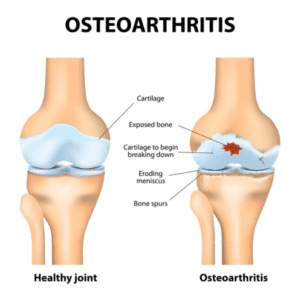In today’s fast-paced society, where instant gratification reigns supreme, we often turn to external devices to validate our efforts and keep us motivated. Smartwatches have quickly become an essential companion in our quest for accountability and wellness, particularly when it comes to achieving our daily step goals.

The modern smartwatch offers an array of health and fitness features, including heart rate monitoring, blood pressure tracking, caloric expenditure estimates, and sleep analysis. From a health perspective, this technology is a game-changer, allowing us to keep a vigilant eye on our well-being while nudging us towards a more active lifestyle. However, could these nifty gadgets be feeding us a web of deceit? Let’s delve into some of the most marketed components of these devices.
We all strive to hit that magical 10,000-step mark, but the reality is often different from our aspirations. Surprisingly, research reveals that certain smartwatches can overestimate our step count by up to 1,000 steps! The culprit here is the device’s location—most sane humans wear watches on their wrists, and this placement leads to the most significant inaccuracies. Routine arm movements can be mistakenly counted as steps, as I’ve discovered while writing this, magically accumulating 47 steps without even leaving my chair.
Heart rate monitoring is another flagship feature of smartwatches, one that holds significant implications for our health. While at rest, these devices accurately read our heart rate between 79-99% of the time, making them invaluable in detecting irregular heart rates and arrhythmias. Such capabilities can be a lifeline in predicting cardiovascular incidents like heart attacks and strokes, offering early intervention opportunities that can save lives.
However, the accuracy of heart rate tracking takes a hit during exercise. Factors like sweat, vigorous movements, and movement of the watch itself can lead to heart rate readings that are up to 20 beats per minute off the mark. This can drag you from the fat-burning zone you’re aiming for right back to a resting heart rate, which can be a tough pill to swallow after a gruelling workout.


Tracking total calories burned is yet another element that may lead to disappointment. Estimating calorie expenditure is a complex process, and smartwatches predict calorie burn by combining various biometrics like height, body weight, heart rate and step counts. Given the earlier discussion on inaccuracies in heart rate and step count, you can take the “calories burnt” figure with a grain of salt.
But do these inaccuracies render smartwatches pointless for our overall health? In my view, absolutely not.
As someone who helps people change their behaviours, cultivate healthier habits, and increase physical activity, I see smartwatches as valuable tools for motivation. They offer a simple way to tap into our daily tech habits, giving us a sense of achievement as we watch our step count and burned calories increase, even if not entirely accurate. These devices provide instant gratification in a journey that is often long and tedious. With built-in reminders to break up periods of inactivity and the social trend of sharing workouts with friends, smartwatches create the ideal recipe for adherence.
Using the metrics discussed here as rough guidelines can have a positive impact on your health journey. Increasing your step count, active time, and energy expended can aid in fat loss, improve mental health, and reduce the risk of conditions like cardiovascular disease and diabetes. So, embrace your smartwatch and enjoy the motivation it offers, because anything that gets you off the couch is a step in the right direction.





















